Dragonflies & Damselflies : A note about Powerful fliers and Predators
A large conspicuous group of insects dragonflies and damselflies have always mesmerized us. Maybe because of flying skills, as hunters, colorful plumage, and flying capabilities. Lots many ...?.Though they may belong to the same insect order, there's a lot to make them different. Not many know that their presence indicates a healthy and harmonious ecosystem Here's a quick guide to what sets them apart...!
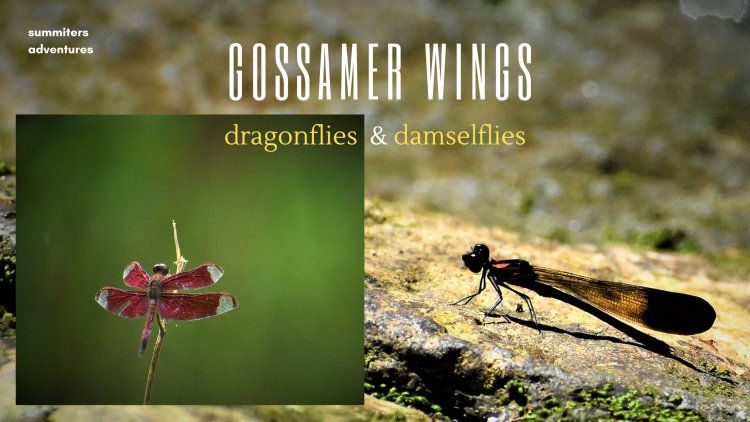
It was surprising!
A unique name to convince my thoughts came in as a blessing and was convincingly known as haaruva thatte or flying saucers - in the local dialect of Kannada.
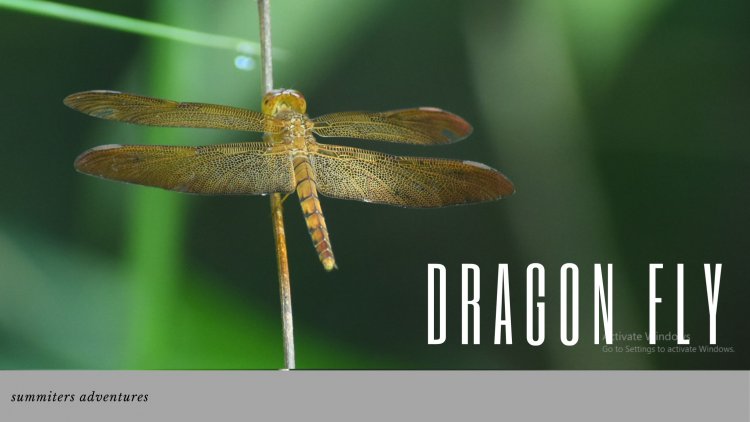
Over the years being sighting these, they began to hover around and interest me, finally tend me to know more. These cute little flying dragons belong to the order Odonata. After a long flight, normally during perch, next to a waterbody one can make out that dragonflies have long, thin bodies, sport two pairs of thin wings, and six legs.
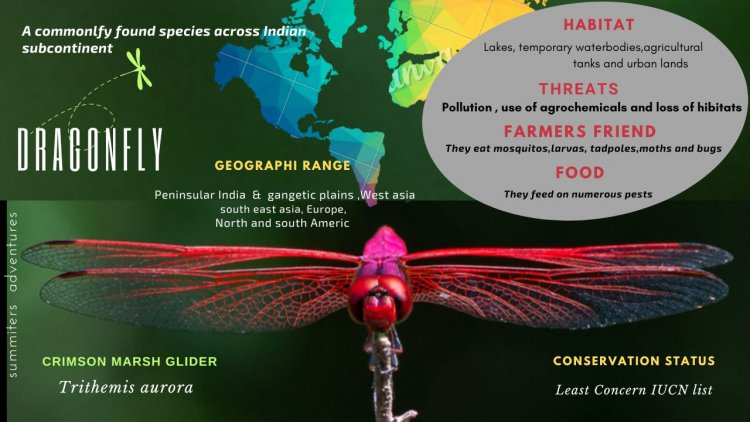
Know about Dragonflies and Damselflies
They are collectively called odonates — and are among some of the oldest winged insect groups on Earth. They have been around for 250 million years, making this order of organisms older than the Western Ghats. There are over 6,000 species of Odonata on the planet, and most of them depend on freshwater habitats. India has over 500 species, with the greatest diversity in the Western Ghats and Northeast India. I am often confused about identifying them during flight and resting. Dragonflies and damselflies have lots in common, and a few notable differences I was able to make out after observing them closely for years.
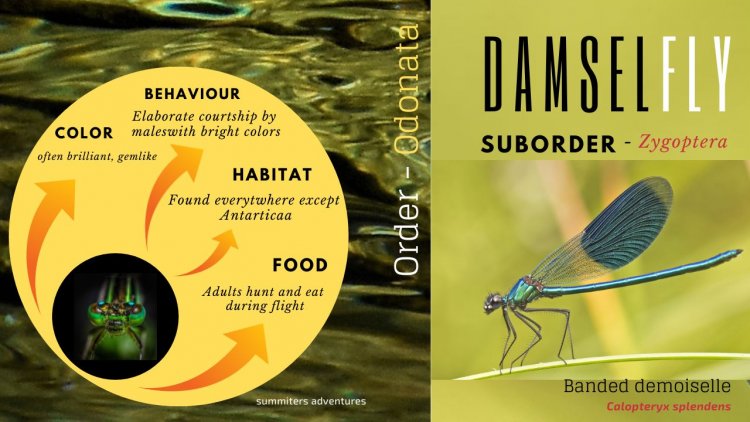
1. In the resting position: The wings of a dragonfly rest perpendicular to the body position, like an airplane, whereas damselflies fold their wings together at rest. Damselflies also have thinner bodies than dragonflies.
2. Don't be scared to look at their bulged minute eyes, as you get closer you will notice another difference between the two species of their eyes. Both of them have a compound vision, though damselflies have space between their eyes, while dragonflies do not. You will be surprised by their magnificent eyes.
3. Their strong muscles can propel them to move in any direction of their choice during flight. One can notice them during a flight. It can flap each wing in different phases, enabling a variety of flight maneuvers.
Both species are delicate insects, colourful with gossamer wings, sporting colorful wings is only the last stage in the life cycle of an odonate. Both damsel and dragonflies begin their journey of life through eggs, then hatch into larvae, and evolve into the wingless nymph stage, when they eat voraciously and moult several times during the flight.
4. One can spot the pigment - Piero stigma on the wing's edge. It acts as a counterbalance increasing flight efficiency and reducing the risk of collision.
5. Obelisking - A Unique way of protecting themselves from harsh sunlight
Dragonflies can’t use sunscreen, but they do have a method to protect themselves from the sun — known as obelisking - A unique method to thermoregulate their bodies. An adult dragonfly will perch with its abdomen held vertically, exposing a minimal amount of their body to the sun’s rays, to avoid overheating.
6. Dragon flies have Dissimilar wing pairs, with hind wings broader at the base and Damselflies have All wings similar in shape
7. Territorial fights - Competition to impress females is fierce, leading male dragonflies to aggressively fend off other suitors. In some species, males claim and defend a territory against intrusion from other males.
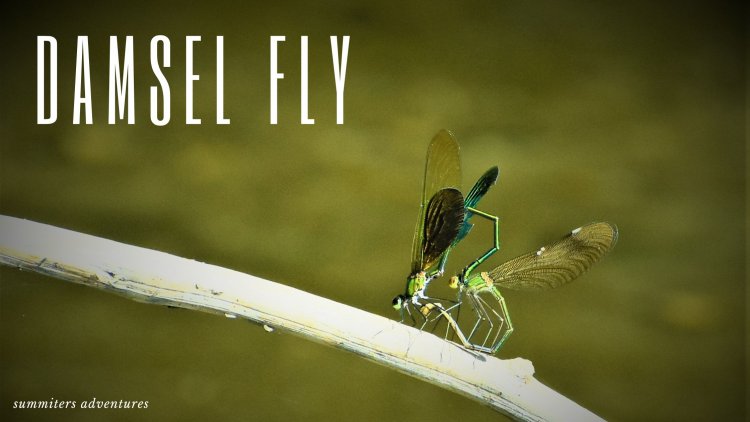
This is an image of two damselflies mating near a flowing stream in the Garo Hills of Meghalaya - Neurobasis chinensis popularly known as Stream Glory photo by Vishwanath R Dugganahalli
Odonates are strong and adaptable creatures that still exist today and have survived for ages on this planet overcoming the vagaries of nature. But these little powerful fliers are already facing the effects of climate change and habitat loss. Not many bother about them which are friendly to humans and seriously consider their importance in the ecosystem and balancing it.
A species of dragonfly found in Southeast Asia called the Neurothemis tulla pied paddy skimmer is prone to become a victim because of gradual changes in climate conditions.
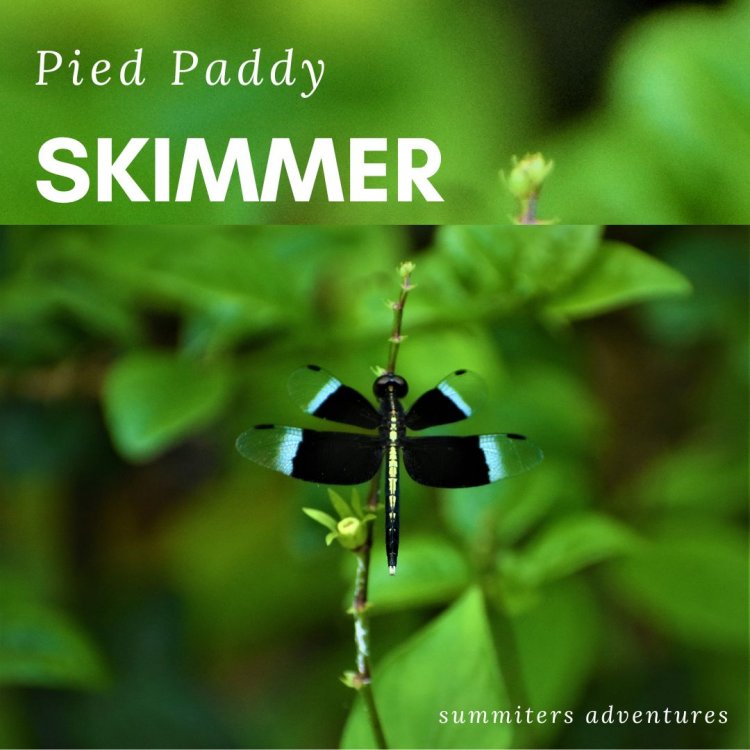
Days are not far from when several species will be affected by development and habitat loss. Thus leading the first creatures on earth to fly to disappear forever.
Pied paddy skimmer / Varanga Basadi / Karnataka
Photo: Vishwanath R Dugganahalli












